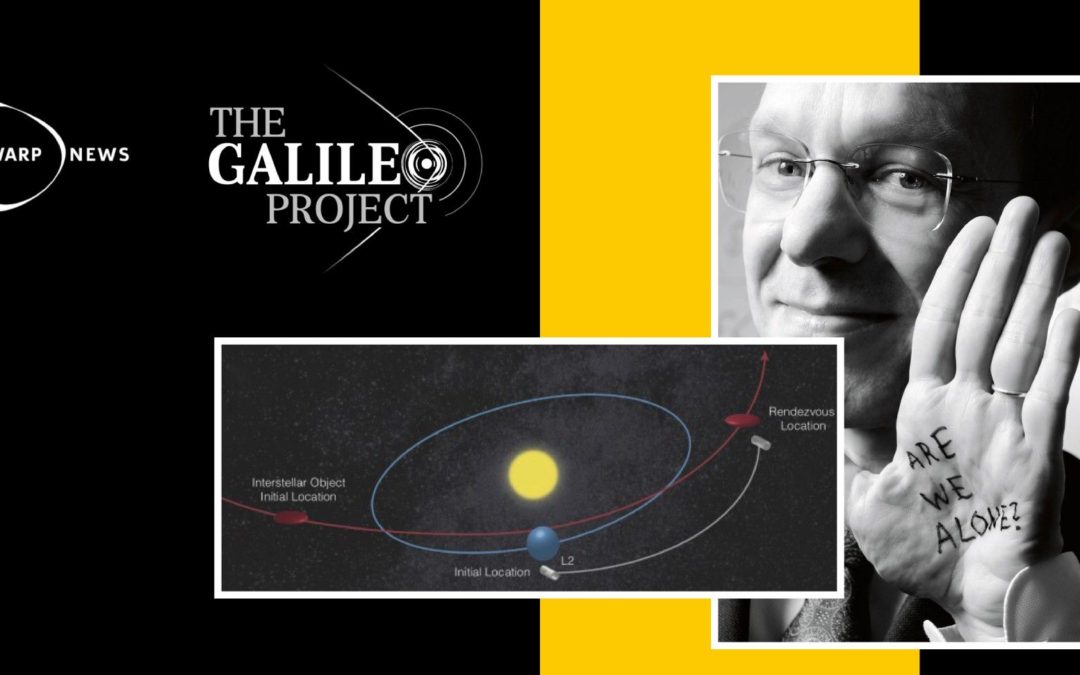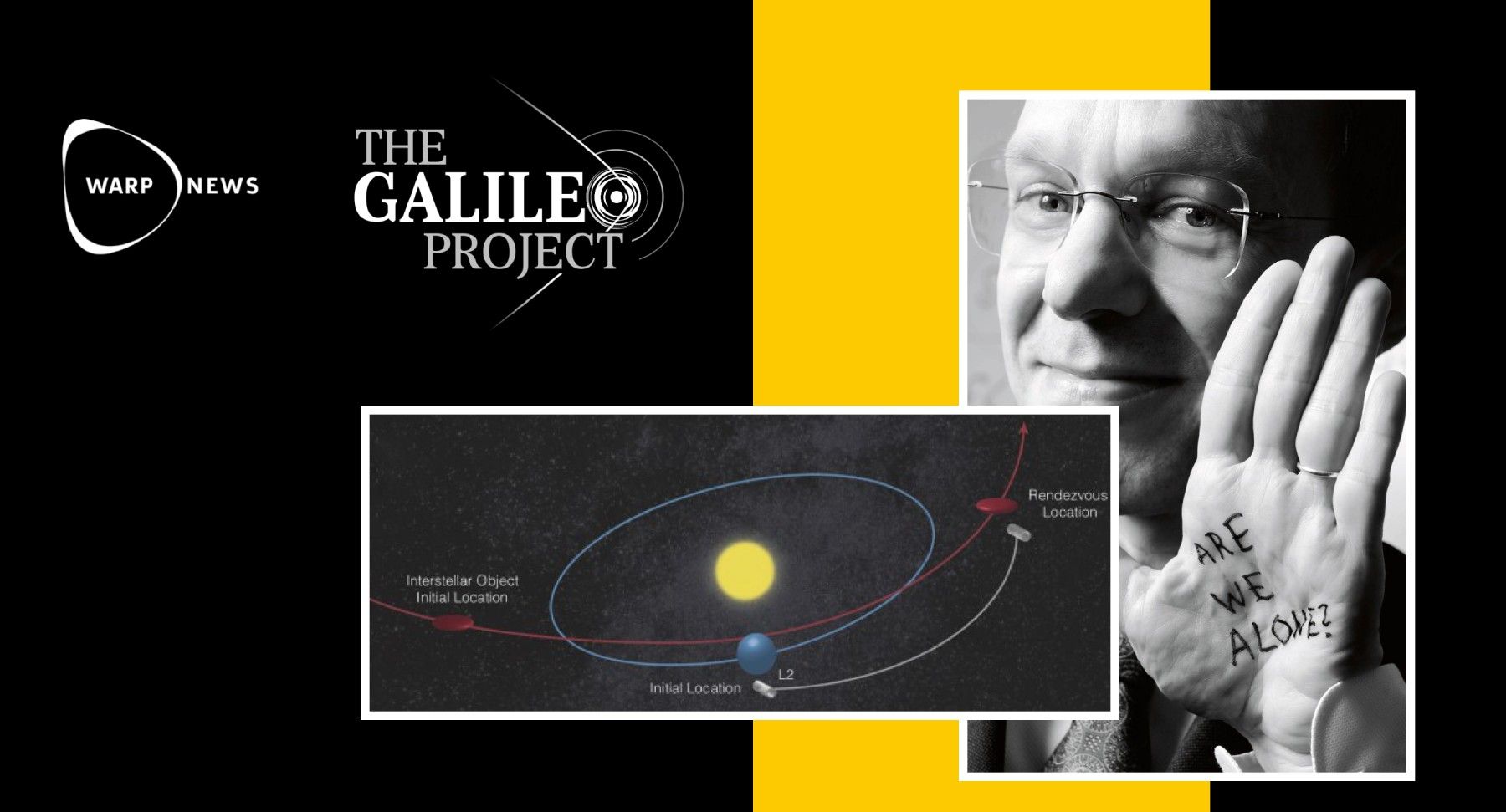
Warp News is building a bridge between people who want to have a positive impact on humanity’s future in space and the space companies that are driving it forward.
👉 Sign-up for our free weekly newsletter.
Or join Warp Premium Supporter. Right now only $25 for one year (regular price $100/year). The offer ends March 28, 2022.
👉 Read more about Premium Supporter.
A messenger from a distant past
In 2017 a strange object with a strange name – ʻOumuamua – passed through our solar system. The name roughly translates into "a messenger from a distant past."
Everyone agrees that it is the first interstellar object we’ve seen, meaning it was from another solar system. Not everyone agrees that it was of natural origin…
It behaved in a way we've never seen before. Avi Loeb is a Harvard professor and astrophysicist and says the most likely explanation is that it was alien technology.
For Warp News, he reveals how he’s planning to make sure we get much more data the next time we see an object like that – and also take the first photograph of a visitor from beyond our solar system: A half a billion-dollar space mission, with a spacecraft waiting in space.
– We want to find the next Oumuamua, come close to it with a camera, and take a close-up photograph. Because whether it’s artificial or natural is not a philosophical question, it will be dictated by getting a good enough image of it and data on it, says Avi Loeb, from his office at Harvard University.
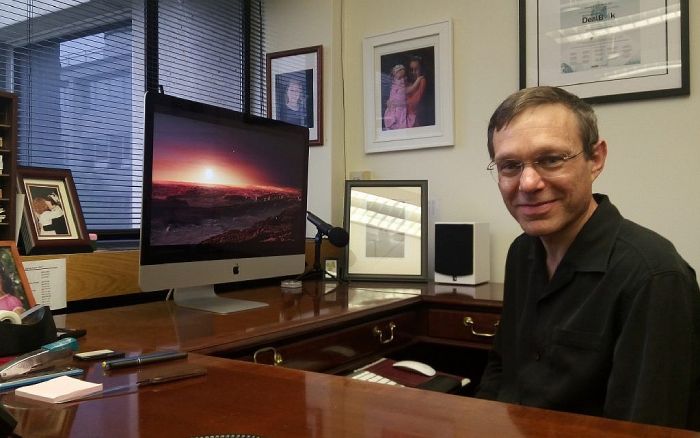
The Galileo Project wants to find evidence of alien life
The space mission is part of The Galileo Project, that professor Loeb launched last year. The purpose is to search for evidence of extraterrestrial technology.
Professor Loeb stresses that they haven’t finished designing the space mission yet, so these are early thoughts and estimates.
The idea is to place a spacecraft at the second Lagrange point, located 1.5 million kilometers directly “behind” the Earth as viewed from the Sun.
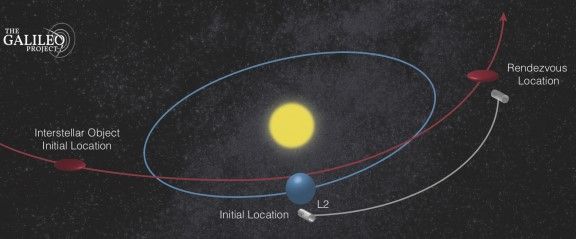
When the Vera Rubin Observatory in Chile comes online in 2023 it will provide almost nightly coverage of the entire southern sky from the Atacama Desert. It is estimated that it will detect about five interstellar objects like `Oumuamua every year.
– Once we see something of interest, we will have a spacecraft ready in space waiting. And send it in the direction of the object.
Why not take a better photo from Earth? Because this is the best photo we have of ʻOumuamua.
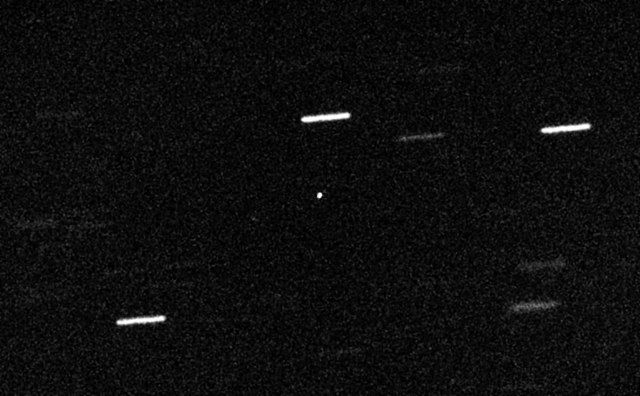
To resolve meter-scale features of such an interloper from our Earth, a camera lens with a diameter a third of the distance from Boston to New York would be required. If we stay on Earth, the visitors from interstellar space will remain out of focus.
A spacecraft needs only be equipped with a moderately sized and readily available off-the-shelf telescope and get within 1000 kilometers of the object to take a good enough photo.
The spacecraft will also carry a wide-field camera to guide trajectory corrections and could have spectral imaging capabilities similar to what New Horizon has. That would allow them to study the composition of the object’s surface and maybe distinguish an artificial object from a natural one.
Have you partnered with anyone yet?
– We are in the process of working on this. Once we have all the specifications, then we can propose a mission.
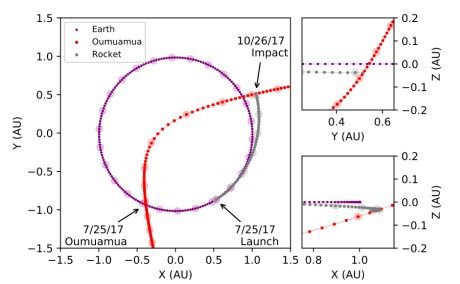
Cover the Earth with telescopes that can detect UAP:s
But that is not the only thing The Galileo Project and Avi Loeb are working on. They will also look for objects on Earth or close to Earth, so-called Unidentified Aerial Phenomenon, UAP, or good old UFOs, as they used to be known.
This part of the project has left the planning stage. Right now they are constructing a telescope that will be set up on the roof of the Harvard Observatory. It will have infrared cameras, regular cameras, and also detect radio and audio.
– The infrared can be used to look for objects during nighttime. If the objects are warm, we can see them, says Avi Loeb.
Then artificial intelligence software will look at the videos and help determine if objects are natural, like birds or meteors, or human-made like airplanes or drones.
– If we rule out both these possibilities, as Sherlock Holmes said: What remains, however improbable must be the truth. We will try to find objects that will not be explained in the standard way.
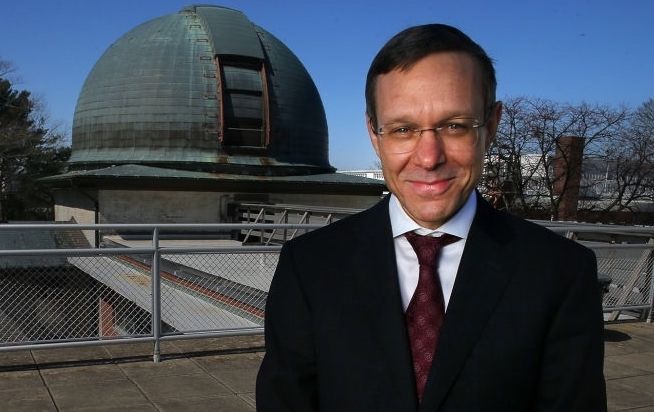
They hope to have the first version of the telescope working during the summer of 2022, and will then copy it and place it in as many places as possible around the world. The number of telescopes is determined by how much funding they can get. Right now the total cost of this part of the Galileo Project is estimated to be around $100 million.
– Not a huge amount of money for a scientific project, says Avi Loeb. There are many examples of much more expansive than that. One percent of the budget for the large hadron collider or the James Webb telescope. I’m working on getting philanthropic donations.
How you can help
The Galileo Project is made up of professionals and volunteers. Avi Loeb says they are especially looking for skills in artificial intelligence and machine learning. Engineers are also needed. You show your interest at their website.
Are we alone?
During lunch with fellow physicists in Los Alamos in 1950, Enrico Fermi asked the famous questions: “Where is everybody?” There are billions of stars and habitable planets just in the Milky Way. It should be teeming with life. Why haven’t we seen any proof of life beyond Earth?
What is Avi Loeb’s answer to the Fermi paradox?
– I think it's very presumptuous because Enrico Fermi asked this question during lunch in Los Alamos, he says. To me, it is just like someone sitting at home on the sofa saying ‘I don’t hear knocking on my door, therefore I don’t have neighbors.' Most of the time no one is knocking on your door, but you still have neighbors.
– Recorded human history is about 10 000 years. That is one-millionth of the age of Earth. It is possible there was a visit, but not when Fermi was asking his question. Fermi did not use a telescope system to search for equipment in space. Space is vast and just imagining a piece of equipment being next to you is very naive.
– What you need to do is to look out and survey the sky.
Avi Loeb explains that the only telescope we have to detect objects the size of football fields is Pan-STARSS, and it has only been operational for a decade.
– Only over the past decade, we’ve had the ability to identify an object the size of a football field. NASA never sent a spacecraft as big as a football field. So asking ‘where is everybody’ and not even looking at the sky for objects the size of the spacecrafts of NASA doesn’t make any sense.
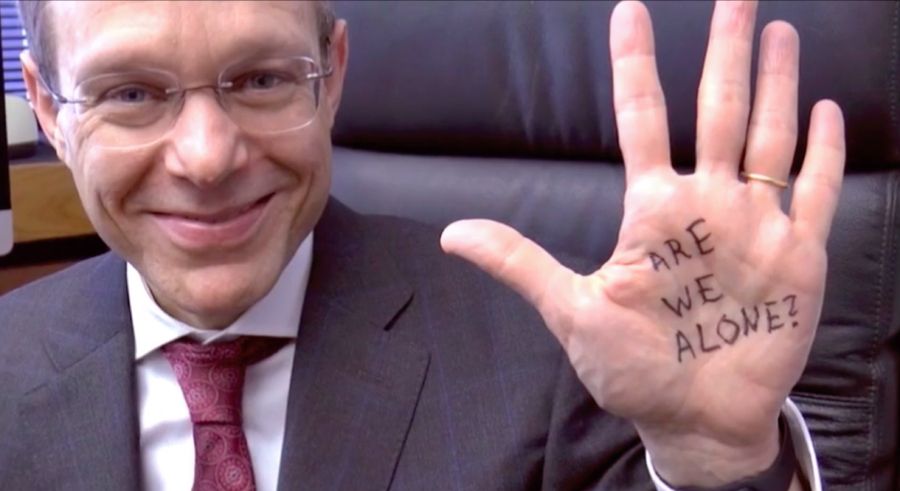
– Just looking up at the sky with the naked eye from Los Alamos and saying ‘I don’t see anything’ is not a professional way of looking at it.
– A much more reasonable thing to imagine is something passing through the orbit of the sun. And guess what, the first object that was identified by Pan-STARRS didn’t look like an asteroid or a comet. There is more for us to do before we can ask Fermi’s question.
And that is exactly what Avi Loeb intends to do.
Watch Avi Loeb's presentation at the Warp Space Summit where he explains why he thinks Oumuamua is extraterrestrial technology and what The Galileo Project is about.
Warp News is building a bridge between people who want to have a positive impact on humanity’s future in space and the space companies that are driving it forward.
👉 Sign-up for our free weekly newsletter.
Or join Warp Premium Supporter. Right now only $25 for one year (regular price $100/year). The offer ends March 28, 2022.
👉 Read more about Premium Supporter.

